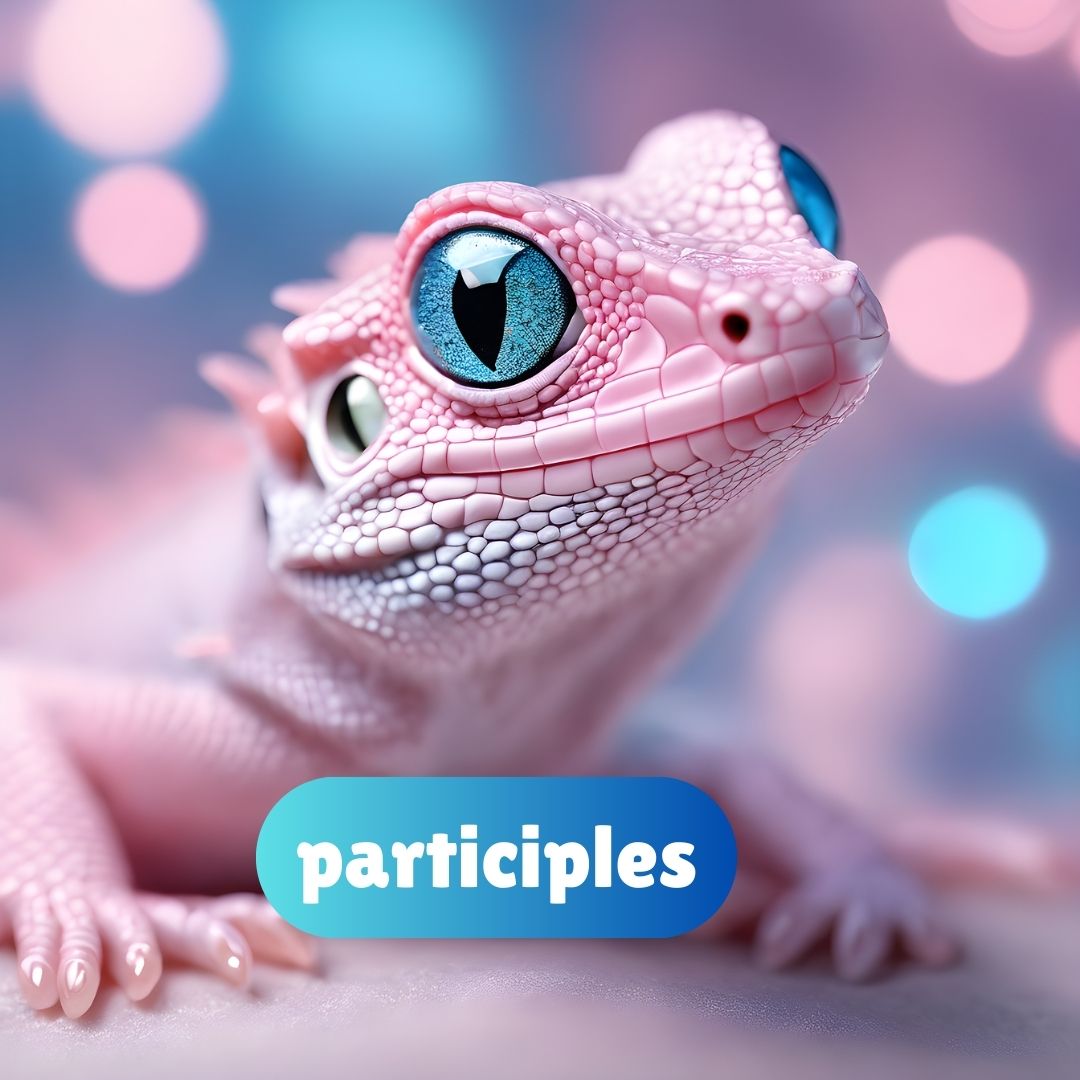Category: non-finite forms of the verbs

THE IMPERATIVE MOOD AND NON-FINITE FORMS OF “TO HAVE”
The imperative form of the verb "to have"

THE IMPERATIVE MOOD AND NON-FINITE FORMS OF “TO BE”
Here's the imperative mood form of to be in both affirmative and negative forms:

THE IMPERATIVE MOOD AND NON-FINITE FORMS OF “TO SMILE”
NON-FINITE FORMS OF THE VERB ”TO SMILE” THE INFINITIVE, THE GERUND, THE PARTICIPLE:

The Participle-Non-Finite form of the Verb
The participle is a non-finite verb form that possesses properties of both verbs and adjectives (and sometimes adverbs). It can be used to create verb phrases, participial phrases, and adjectival phrases. Participles, as verb forms that function as adjectives, can be used to modify or describe nouns, effectively turning them into attributes. When a participle is used to modify a noun, it acts like an adjective, providing additional information about the noun.

The Gerund-Non-Finite form of the Verb
The gerund is a non-finite verb form that functions as a noun in a sentence. It is created by adding the suffix ing to the base form of a verb. The gerund can be used as a subject, object, or complement in a sentence